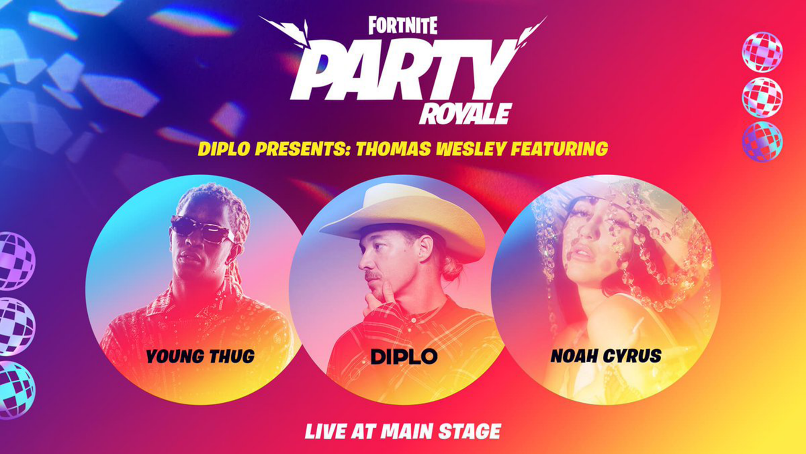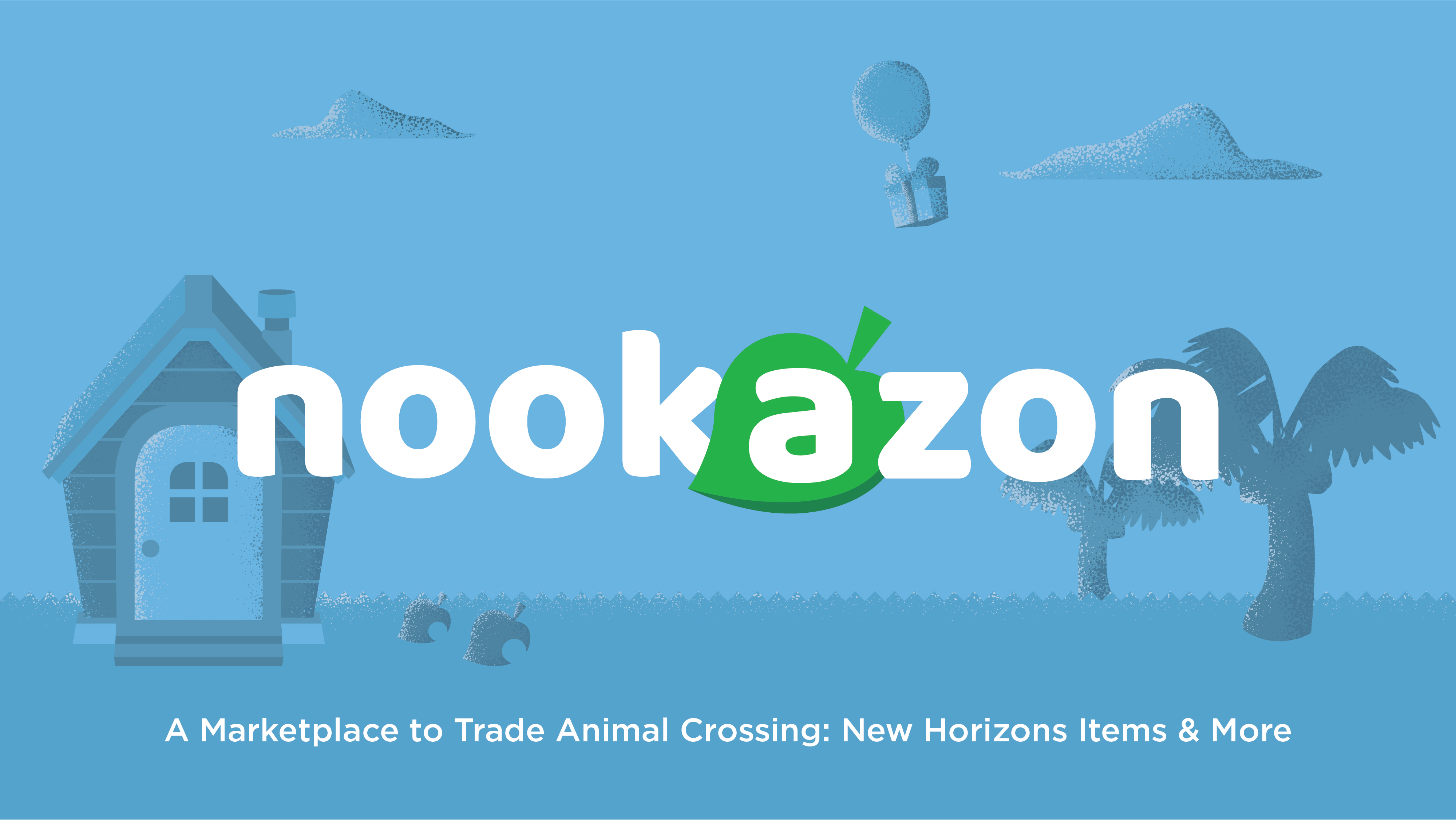A glide over the Gaming landscape
Over the last few years gaming culture has become pop culture. It’s the social currency of today. You can’t be a kid and not play Minecraft (126m MAUs), or miss out on the Travis Scott Astroworld show in Fortnite (12.6m concurrents). Over the last few years, gaming has exploded to a $152bn+ industry (forecast to double to $300bn by 2025), growing larger than the NFL, NBA, MLB, NHL, music streaming and worldwide box office combined.
Venture dollars have followed, especially in Europe. In the past 5 years, venture capital investment within the gaming sector in Europe has risen from €125m in 2014 to €758m in 2019 (+44% CAGR vs. +6% CAGR for worldwide gaming investments). 30% of all VC investments in gaming were made in Europe.
It’s an exciting time to be a gamer, game developer, entrepregamer and investor. But cutting through the hype and the accelerating numbers, let’s try and identify the trends emerging across the gaming ecosystem.
Third Space
Social distancing has people yearning for the presence of others, and current social media and messaging platforms aren’t cutting it. As a result, games have evolved into digital ‘third spaces’ where gamers consume content, socialize and transact with one another resulting in some interesting trends.

Travis Scott, Noah Cyrus, Marshmellow and others saw success hosting concerts within Fortnite and big brands no doubt noticed. We will likely see gaming ecosystems open up their platforms and make it easier for brands and creators to host virtual concerts, product launches or even late-night shows. Wave is a great example of this with a mission to bring artists to larger audiences through technology and virtual worlds. Other cool projects are popping up like DJ3D, a 3D world to watch videos with your friends.
As virtual worlds get bigger and more social, gaming sessions will get longer and more frequent, presenting a massive opportunity for in-game social advertising. This is especially compelling as gaming eco-systems embrace cross-game identities which not only allows for better performance data but enables publishers and advertisers to better understand player behaviors across games, sessions and ecosystems. Anzu has approached this well with their blended in-game advertising solution. It will be worth watching closely to observe how brands and start-ups take advantage of this medium.
Marketplaces
People are transacting with each other in these digital worlds. We’ve seen companies like forte.io and Horizon Blockchain make it easier for game developers to integrate p2p transactions into their games. Video game marketplaces have also started to serve as a medium for money laundering, naturally, this has led to emerging KYC applications and Paypal has a team working on this, along with some of the large publishers.
Digital assets in gaming make up $50bn+ and they are and will be a core part of next-gen monetization. As in the real world, recognition and status is important to players and in-app purchases of skins, costumes and collectibles are the ways they can acquire it. Now there are near-term opportunities around marketplaces that allow gamers to trade, rent and buy in a frictionless environment.
Games with Social Scale
The holy grail for the modern studio is building a game that achieves Fortnite-like social scale. Such studios are now bypassing the traditional publisher model by being free-to-play, MMO, cross-play and by leveraging strong IP and distribution via content creators and streamers. Funding alternatives like Steam, Kickstarter and Fig (recently acquired by Republic) are also enabling factors and companies such as The Mainframe, Klang, Playable Worlds and Clockwork Labs are building out the sector still further. We’re also starting to see Netflix-like content spend from the subscription gaming players like Google and Apple opening up other monetization avenues for indie studios. (Apple’s 2019 budget for Apple Arcade was $500m).
Low/no-code and the next 10 million game developers
Game development is seeing parallels to traditional software. Though Unity and Unreal Engine have essentially a duopoly, they’ve made it easier for folks to try their hand in games over recent years. Unity and Unreal estimate to have 7 million and 9 million registered developers, respectively. That’s 32% of total registered on Github. I suspect this gap will shrink in the near term as the publisher stack continues to unbundle and low/no code game dev tools allow non-technical makers to build games of different degrees of complexity at scale. Google recently created ‘Game Builder’ which enables non-technical folks to build 3D games. Makerpad for gaming? Yes please!
Others on the up and up:
- Core by Manticore – the webflow for game development – recently announced a $1m creator fund for their dev platform.
- Playbyte.io – No-code game development platform. Allows you to “make games like you make memes, from your phone, tablet, or PC.”
- Flowlab.io – No-code, in-browser game development platform.
- Dreamcraft – platform that allows anyone to create, publish and monetize games without coding.
- Koji – Allows folks to build interactive, remixable games for social without coding.
Cloud is the new Console?
We may be witnessing the last generation of consoles as cloud gaming is in our sights. However, platforms – specifically in live game streaming – continue to deliver sub-par experiences and struggle to support more than a few thousand concurrent users. Thus, we’re seeing opportunities across latency, network and streaming technologies, with some notable companies making strides such as EdgeGap, SubSpace, Canopus Networks, Network Next and Polystream.
Spatial Social
Borrowing design patterns from games like Animal Crossing, we’re excited to see platforms utilizing spatial interfaces giving people new ways to interact virtually. The pandemic highlighted a gap in the existing social and video chat platforms, resulting in some neat projects:
- Online Town – a spatially aware video-calling experience
- Party Mookerjee – a spatially aware video call
- Spatial Chat – a virtual party
- CozyRoom- Peer to peer spatial audio environments
- Connect Club – a virtual world to connect friends
Venture-backed start-ups like Eternal, a game-based avatar social network and Muze are exciting new additions that will be released to the public soon.
Fan Engagement
eSports audiences continue to grow rapidly and viewership is expected to reach levels of traditional sports. Companies creating a deeper sense of allegiance to and ownership of eSports and sports teams via community include:
- Greenpark Sports – developer of fan-forward digital experiences and mobile games for eSports fans.
- Stadium Live – A digital world for Gen Z sports and eSports fans to create and play together.
- Sleeper – a platform for fantasy leagues and eSports
Within these communities people challenge each other to trivia or fantasy sports and bet on eSports. Betting on eSports is still relatively nascent, compared to its multi-billion dollar real world equivalent, and bookers are still figuring out how to best approach it. Companies like PandaScore are helping bookers with building odds in real time and Midnite is taking a more d2c approach.
eSports, Content Creators and Streamers
Content creators and streamers continue to gain in celebrity and grow their audiences, particularly with gen Y + Z. For example, Ninja has 14m+ Twitch followers. Corporates also continue to shift marketing dollars toward gaming, which has accelerated due to Covid and the lack of sports on TV. But it’s still extremely tough for individual creators and pro players to break out and maintain stardom. Agencies like FazeClan and 100 Thieves are proving powerful in identifying and growing breakouts, building a community around them and turning them into long-term consumer brands. In the UK, Guild is making waves as a disruptor in eSports with its traditional sports academy model. It is providing a full-stack approach to coaching pro players, from skills to personal branding. These creators and agencies will have a specialized and likely long-tail distribution to gamers.
Content distribution, however, is extremely competitive. Youtube and Twitch dominate (people spent 1bn hours on Twitch in Jan 20) and Facebook is now deeper in the mix with its partnership with Mixer (RIP). Aggregation and discovery platforms are seeing some traction, the likes of Pop Dog probably the most notable, then Kanga and Juked. Venn TV has assembled a world-class team to build the MTV for gaming: a modern G4 but with a platform-agnostic distribution strategy similar to Cheddar’s.
Other industries are borrowing elements of Twitch and gaming content strategies. For example, Salut and East Nine are attempting to build the ‘Twitch for fitness or wellness’, which definitely looks promising. Others like Medal.tv are borrowing from social to build the ‘TikTok of gaming content’.
Overview
It’s never been a better time to be a gamer, game developer, entrepregamer or game investor. Gaming has seeped its way from sub culture to pop culture and is a way of life for much of the global population. The next few years will see some tectonic shifts, particularly as the console moves to the cloud, eSports matures and cross-play is more widely accepted. If you’re innovating or investing in any of these spaces, we’d love to chat.














